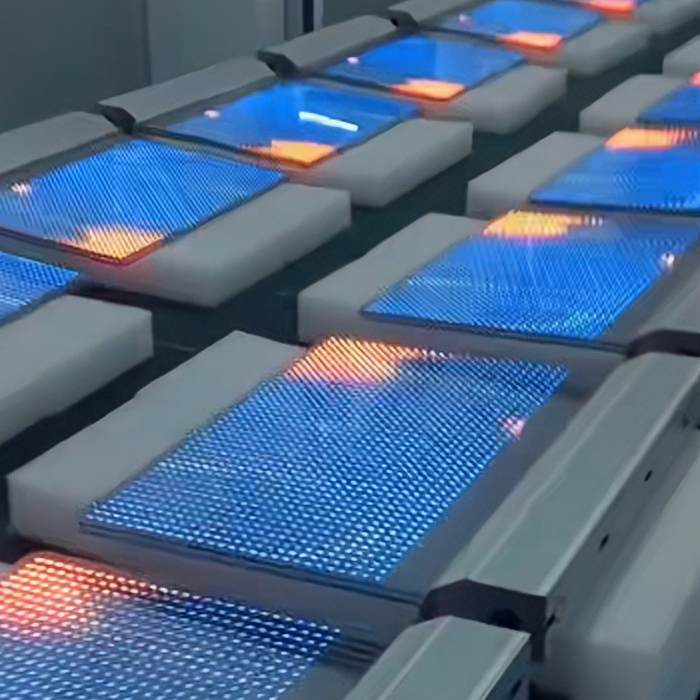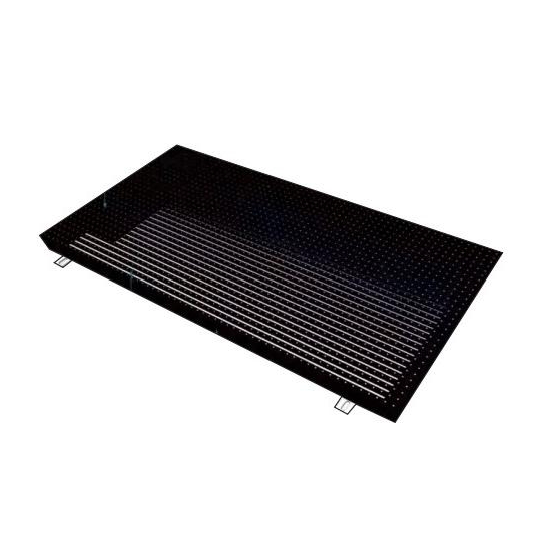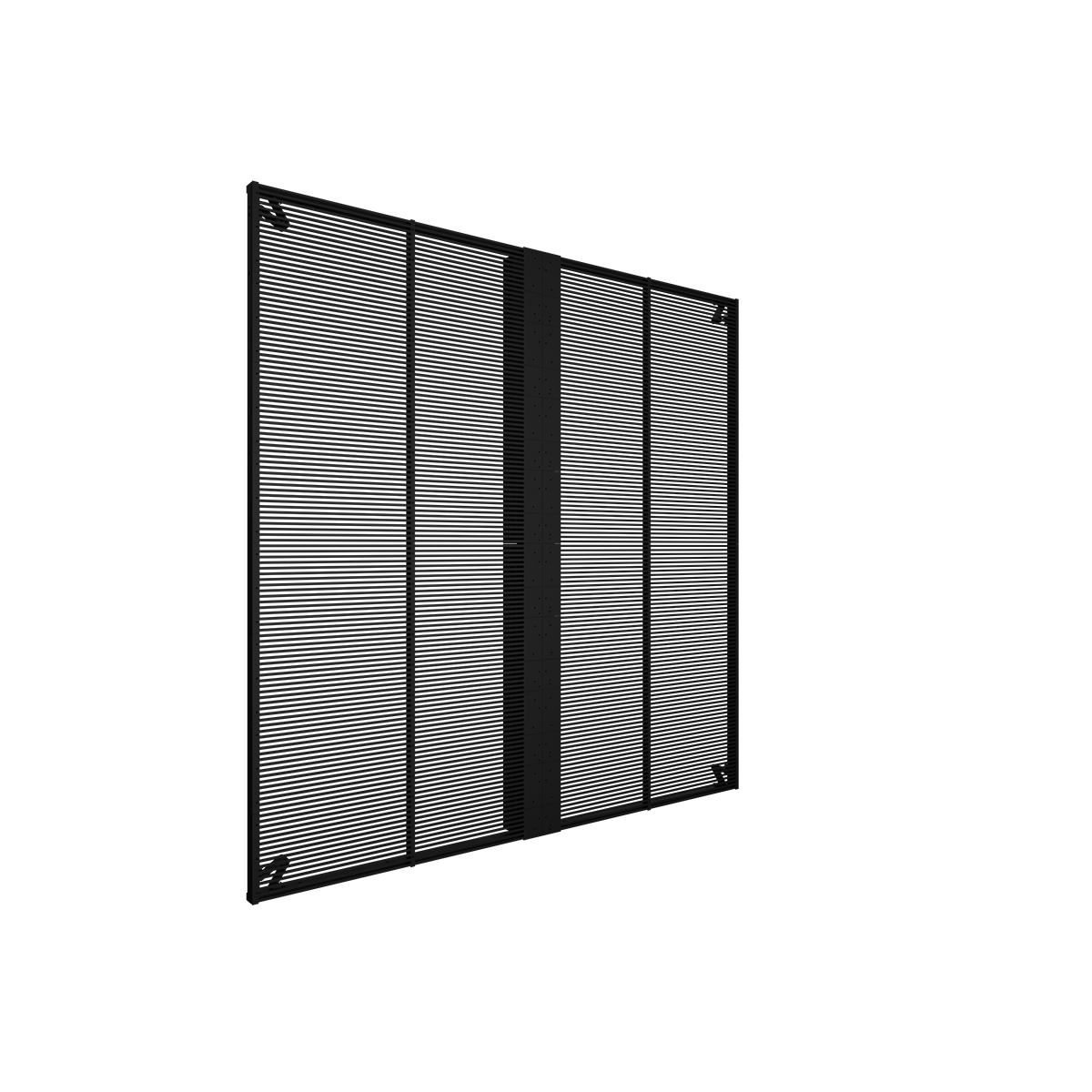I. Introduction
Indoor LED displays have revolutionized the way we present information and engage audiences in various environments, from retail spaces to corporate offices. As technology advances, the integration of indoor LED displays with other technologies has become increasingly important. This integration not only enhances functionality but also opens new possibilities for interactive and immersive experiences. This article explores how indoor LED displays integrate with software systems, IoT devices, and mobile technology. It also delves into future innovations, including emerging technologies and potential disruptions, while addressing health and safety considerations associated with LED displays.
II. Integration with Other Technologies
A. Integration with Software Systems
1. Content Management Systems (CMS)
Content management systems (CMS) are vital for managing and organizing the content displayed on indoor LED screens. Integrating CMS with LED displays allows for easy scheduling, updating, and customization of content. Popular CMS platforms like WordPress, Joomla, and proprietary systems from LED manufacturers offer user-friendly interfaces to manage displays efficiently.
The integration with CMS provides significant benefits, including centralized content control, real-time updates, and the ability to display diverse media formats. For instance, retail stores can use CMS to quickly update promotional content across multiple LED screens, ensuring consistency and relevance.
2. Customer Relationship Management (CRM)
Integrating customer relationship management (CRM) systems with indoor LED displays enhances user engagement and personalization. CRM systems like Salesforce and HubSpot can be connected to LED displays to show targeted messages based on customer data. This can include personalized advertisements, welcome messages, and tailored offers.
Use cases of CRM integration include airports displaying personalized travel information for frequent flyers or retail stores offering customized discounts to loyal customers. Such integration leverages customer data to create a more engaging and personalized experience.
B. Combining LED Displays with IoT Devices
1. Enhanced Functionality through IoT
The Internet of Things (IoT) connects various devices and systems, enabling them to communicate and function together seamlessly. Integrating IoT with indoor LED displays enhances their functionality by providing real-time data and automation capabilities. For example, LED displays can show live data from IoT sensors, such as weather updates or traffic conditions.
Case studies of IoT and LED display integration include smart buildings where LED screens display energy usage data, helping occupants make informed decisions to reduce consumption. Another example is in retail, where IoT-enabled displays adjust advertisements based on real-time inventory levels.
2. Smart Environments and LED Displays
Smart environments, such as smart cities and smart offices, benefit significantly from the integration of LED displays. These environments use LED screens to provide interactive maps, directories, and notifications. The ability of LED displays to integrate with other smart systems enhances the overall user experience by providing relevant information promptly.
The future potential of IoT in enhancing LED display capabilities includes the use of AI-driven analytics to optimize content display based on user behavior and preferences, creating a more dynamic and responsive environment.
C. Integration with Mobile Technology
1. Interactive Experiences
Mobile technology enhances the interactivity of indoor LED displays by allowing users to interact with screens via their smartphones. This integration can enable features such as QR code scanning, NFC-based interactions, and app-controlled content.
Examples of mobile apps used with LED displays include interactive wayfinding apps in malls, where users can get directions displayed on their phones and on nearby LED screens. Retail stores can also use mobile apps to let customers control the content displayed on screens, such as viewing product details or watching demo videos.
2. Mobile Connectivity and Control
Controlling LED displays via mobile devices offers several benefits, including convenience and flexibility. Business owners and managers can use mobile apps to update content, monitor display status, and troubleshoot issues remotely.
Use cases of mobile-integrated LED displays include event management, where organizers can update event schedules and announcements in real-time from their smartphones, ensuring attendees always have the latest information.
III. Future Innovations
A. Emerging Technologies Impacting Indoor LED Displays
1. Advancements in LED Technology
Emerging technologies like microLED and OLED are set to revolutionize the indoor LED display industry. MicroLED offers superior brightness and energy efficiency, while OLED provides better contrast and color accuracy. These advancements will significantly enhance the visual quality and performance of indoor LED displays.
2. Integration with Artificial Intelligence (AI)
AI can enhance the functionality of LED displays by enabling features like facial recognition, content personalization, and predictive maintenance. AI algorithms can analyze viewer demographics and behavior, allowing for tailored content that increases engagement and effectiveness.
Examples of AI applications include digital signage that changes advertisements based on the age and gender of the viewer and predictive maintenance systems that alert operators of potential issues before they become critical.
3. Augmented Reality (AR) and Virtual Reality (VR)
Integrating AR and VR with LED displays opens up new possibilities for immersive experiences. AR can overlay digital content onto real-world environments, while VR can create entirely virtual spaces. These technologies can be used in various applications, from interactive museum exhibits to virtual showrooms in retail.
Future applications and benefits of AR and VR integration include enhanced educational tools, virtual tours, and interactive marketing campaigns that provide unique and engaging experiences.
B. Predictions for the Next 5–10 Years
1. Market Trends and Growth Projections
The indoor LED display market is expected to grow significantly over the next decade, driven by advancements in technology and increasing demand for dynamic and interactive content. Emerging market segments, such as smart retail and digital workplaces, will contribute to this growth.
2. Technological Innovations
Anticipated advancements in LED display technology include higher-resolution screens, flexible and transparent displays, and improved energy efficiency. These innovations will expand the applications of LED displays and enhance their appeal across different industries.
C. Potential Disruptions and Game-Changers
1. Disruptive Technologies
Technologies like quantum dot displays and advanced organic LEDs (OLEDs) have the potential to disrupt the LED display industry. These technologies offer superior performance characteristics and could replace traditional LEDs in certain applications.
2. Market Disruptions
Factors such as changes in regulatory standards, shifts in consumer preferences, and supply chain disruptions could impact the LED display market. Companies need to stay agile and innovative to navigate these potential challenges successfully.
IV. Health and Safety Considerations
A. Addressing Eye Strain and Health Concerns
1. Common Health Issues Associated with LED Displays
Prolonged exposure to LED displays can cause eye strain, fatigue, and other related issues. Factors contributing to these problems include high brightness, blue light emissions, and improper viewing angles.
2. Mitigation Strategies
Best practices for reducing eye strain include using blue light filters, adjusting brightness levels, and ensuring proper viewing distances and angles. Additionally, taking regular breaks and using ambient lighting can help alleviate discomfort.
B. Safety Standards and Certifications
1. The importance of safety standards
Adhering to safety standards ensures that LED displays are safe for use and meet quality benchmarks. Key standards include those set by organizations like the International Electrotechnical Commission (IEC) and Underwriters Laboratories (UL).
2. Certifications and Compliance
Important certifications for LED displays include CE marking, UL certification, and RoHS compliance. These certifications ensure that products meet safety and environmental standards, providing peace of mind to users and operators.
C. Best Practices for Safe Installation and Use
1. Installation Guidelines
Safe installation of LED displays involves following manufacturer guidelines, using appropriate mounting hardware, and ensuring electrical safety. Professional installation is recommended to prevent accidents and damage.
2. Maintenance and Safe Usage
Regular maintenance, such as cleaning and inspecting displays, helps ensure their longevity and safety. Users should follow guidelines for safe operation, including avoiding exposure to extreme temperatures and humidity.
V. Conclusion
The integration of indoor LED displays with other technologies, such as CMS, CRM, IoT devices, and mobile technology, enhances their functionality and user engagement. Future innovations in LED technology, AI, AR, and VR promise to further revolutionize the industry, offering new and exciting possibilities. However, it's essential to address health and safety considerations to ensure that LED displays are used responsibly and effectively. As the market continues to evolve, staying informed about emerging trends and best practices will be crucial for leveraging the full potential of indoor LED displays.
















